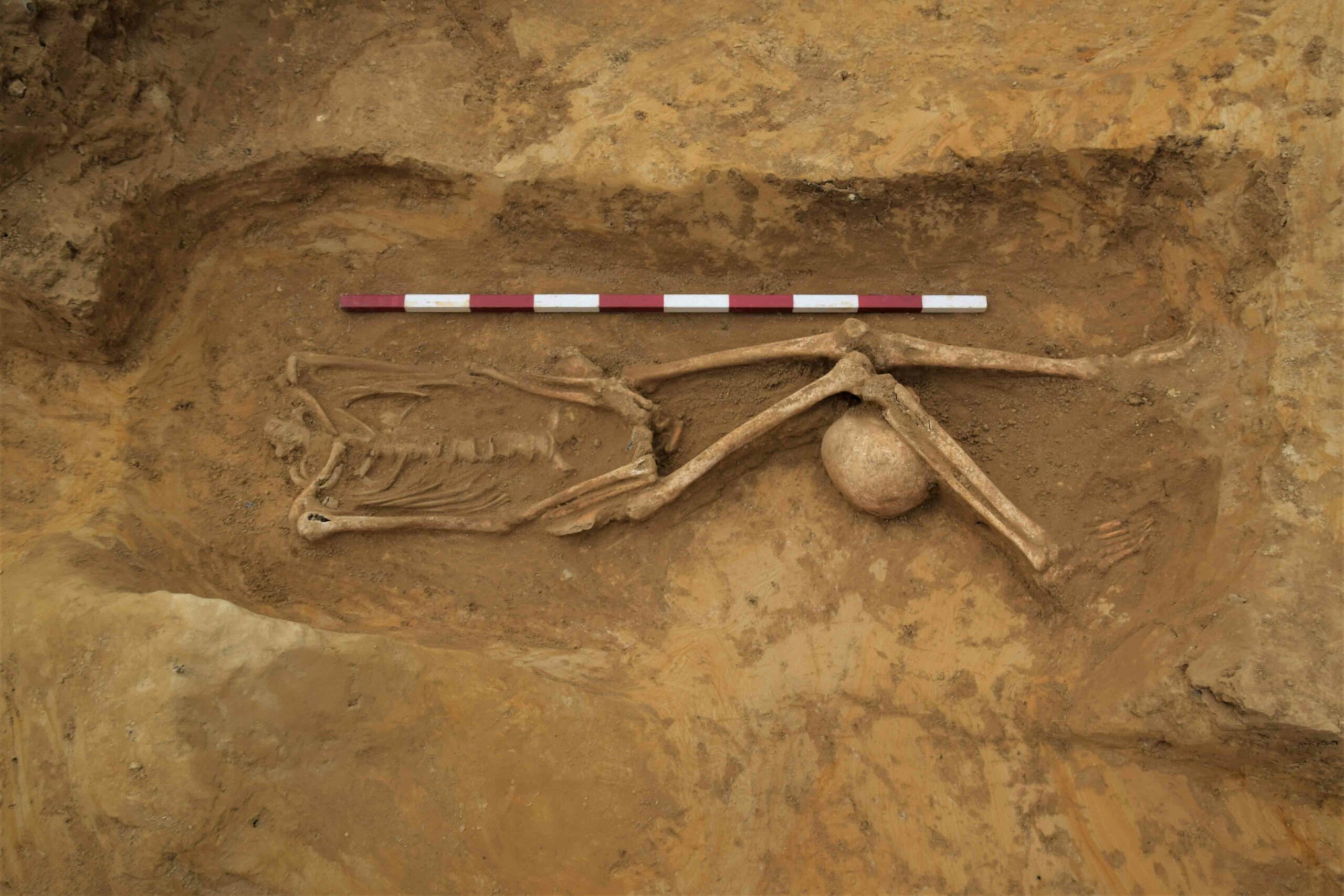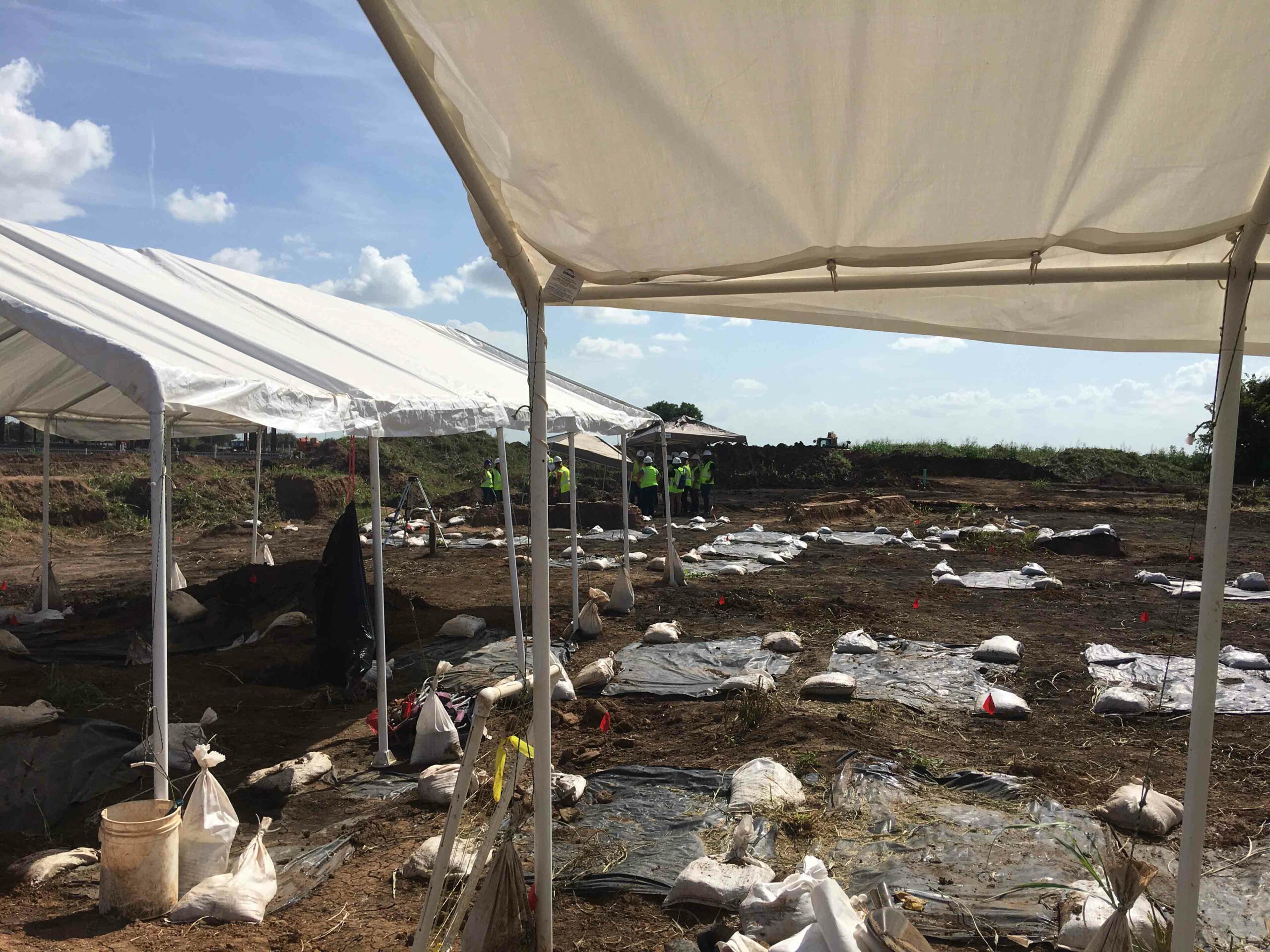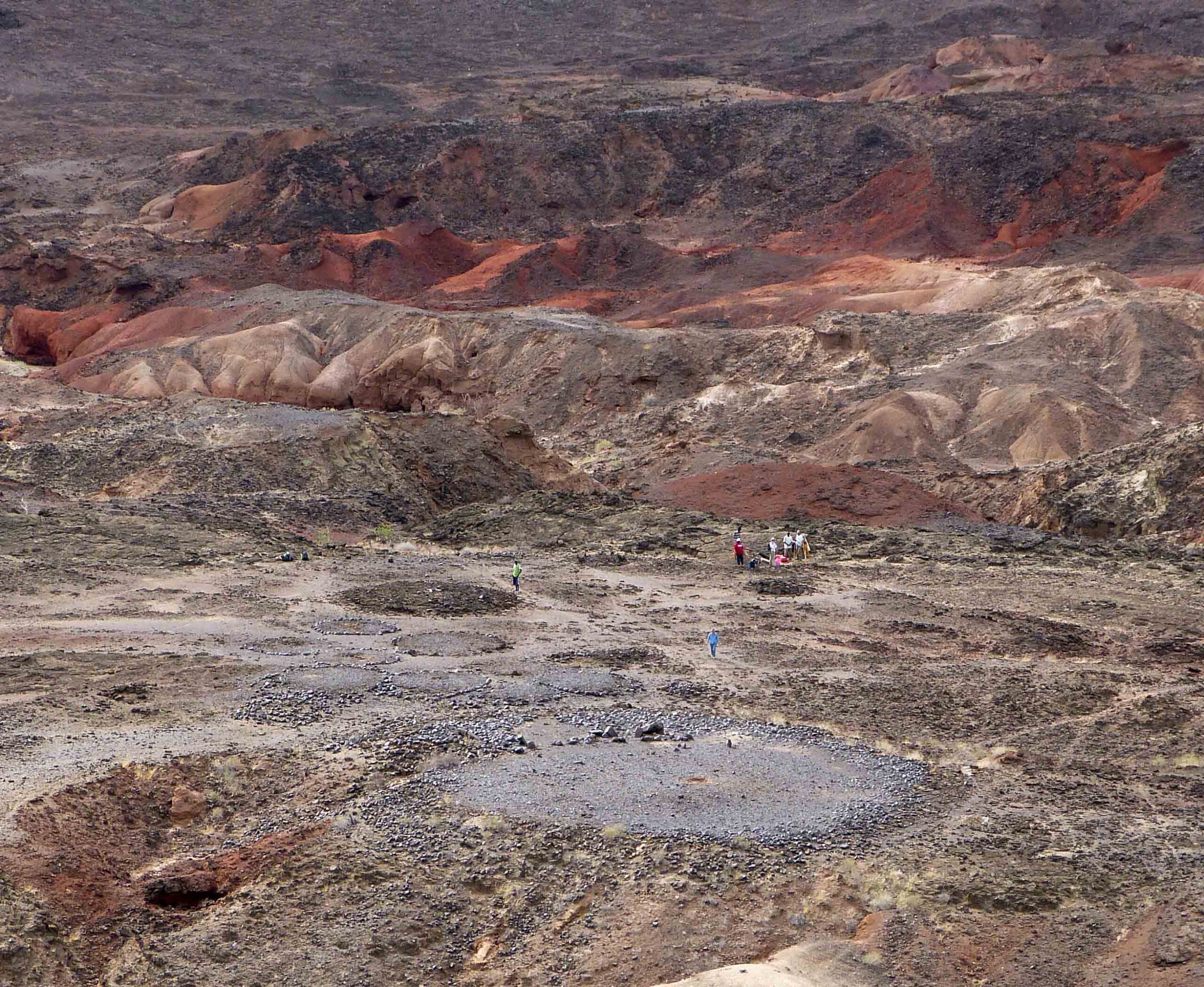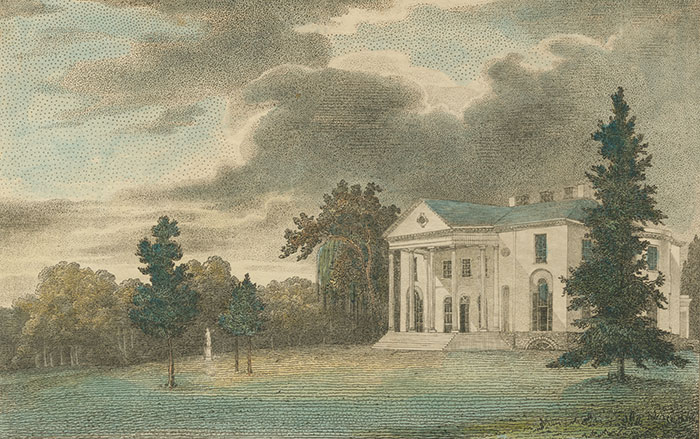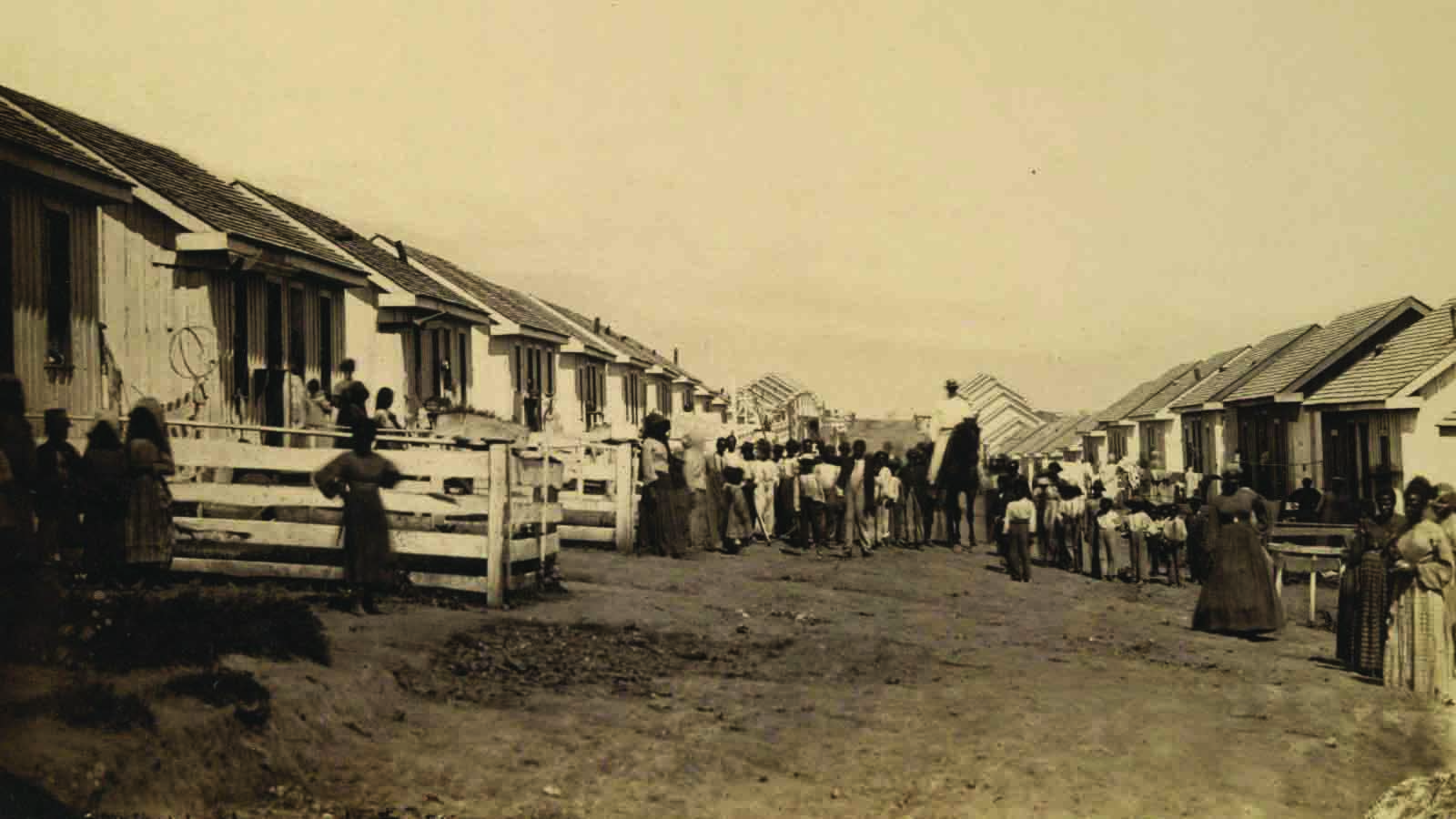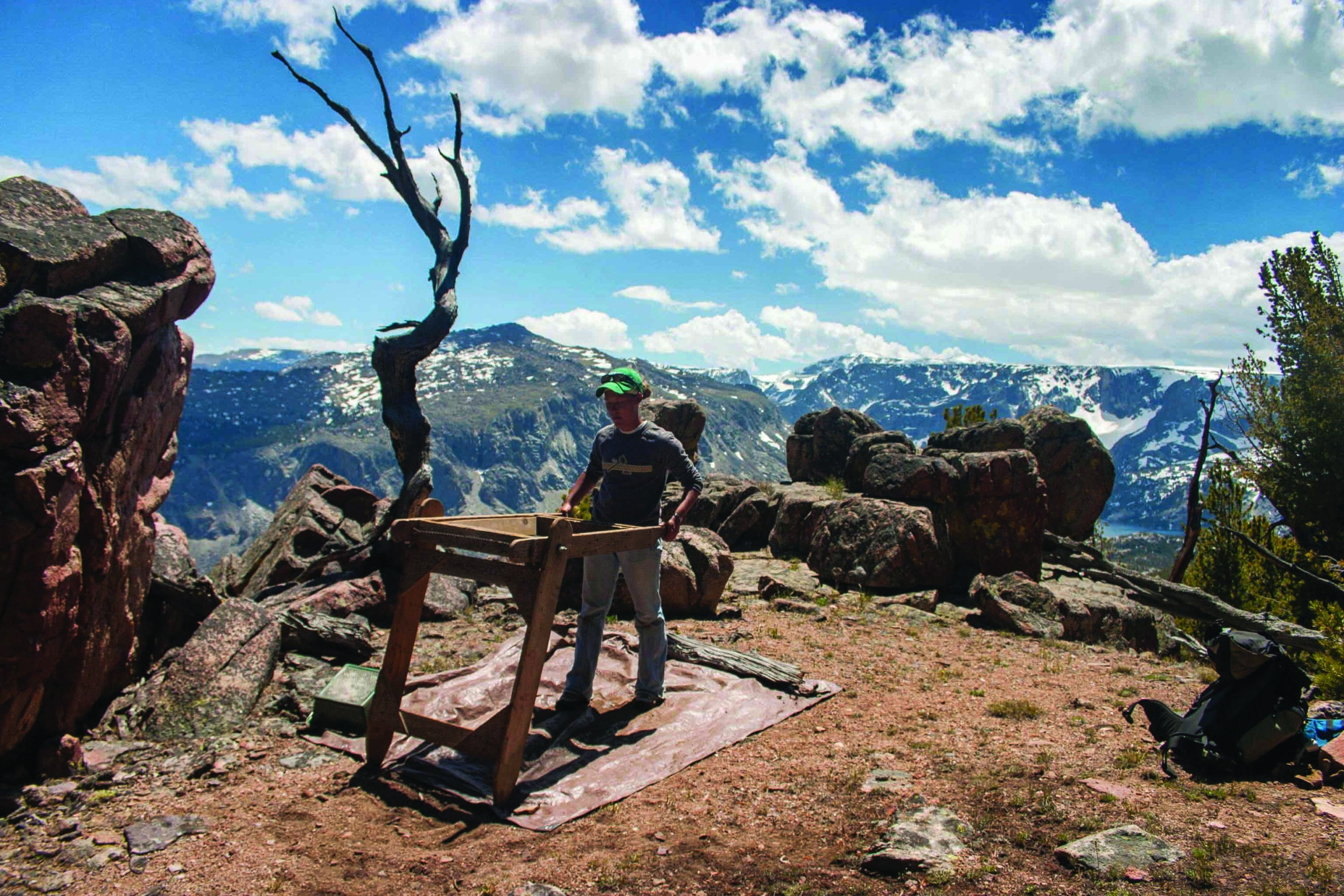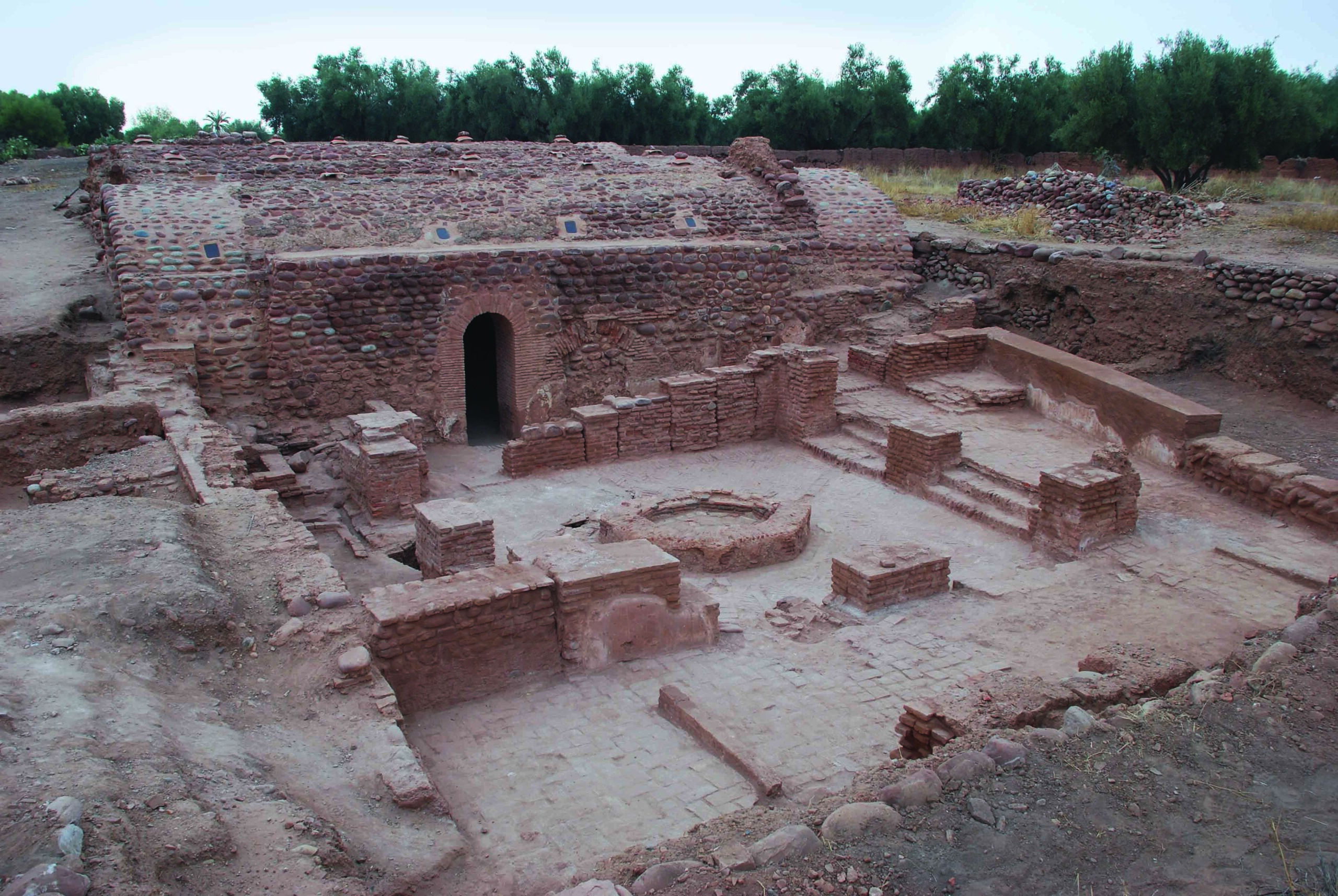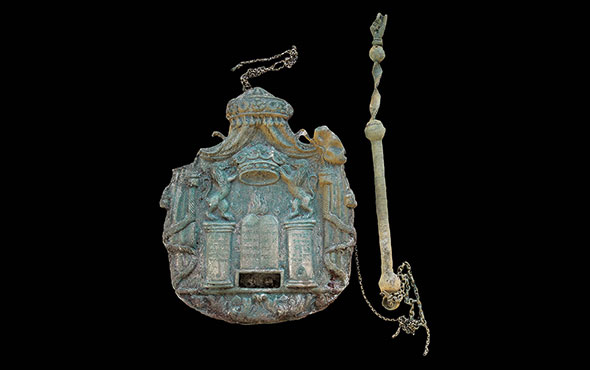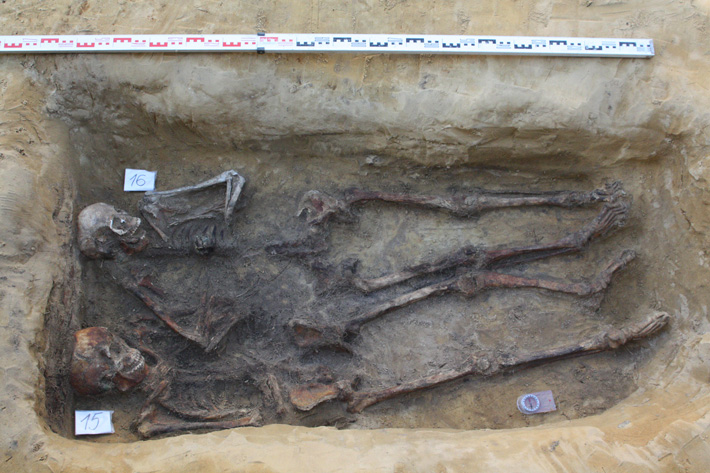
SILLAMÄE, ESTONIA—ERR reports that skeletons dating from the sixteenth through eighteenth centuries were unearthed in eastern Estonia during a construction project. Martin Malve of the University of Tartu thinks the site may have been a cemetery. “I would suggest that local people were buried because we find men, women, and children,” he explained. “But we also have a double burial, where two men are buried in the one grave; it is possible that this was the result of a plague.” Further study of the remains could reveal more about who the people were and the state of their health, Malve added. To read about the Norse presence in Estonia before their invasion of England, go to "The First Vikings."


